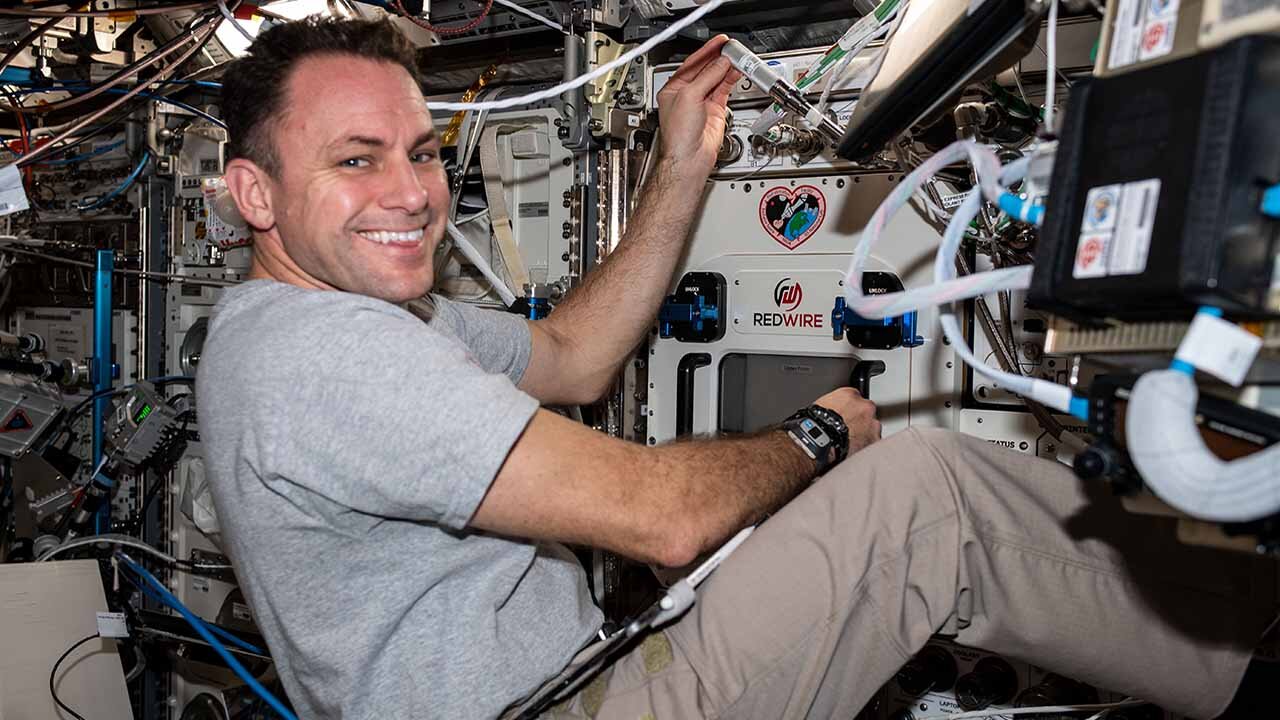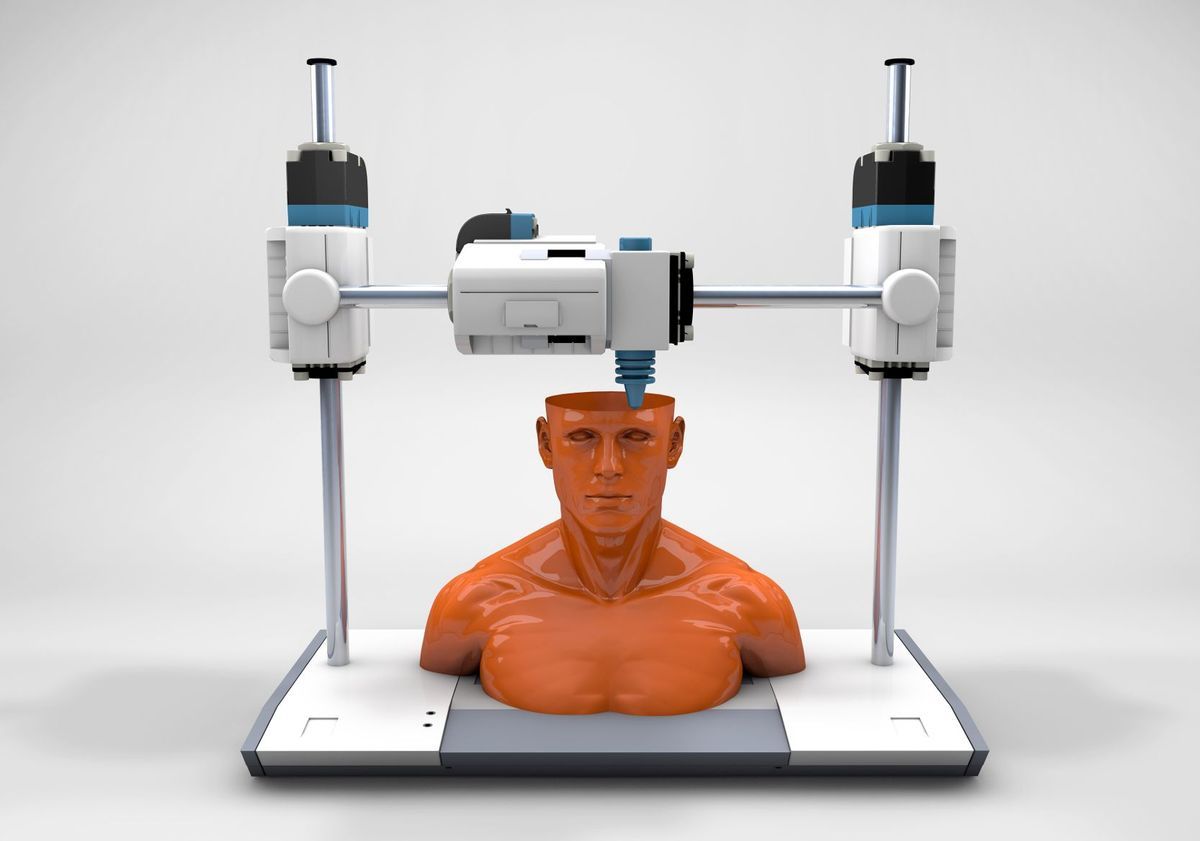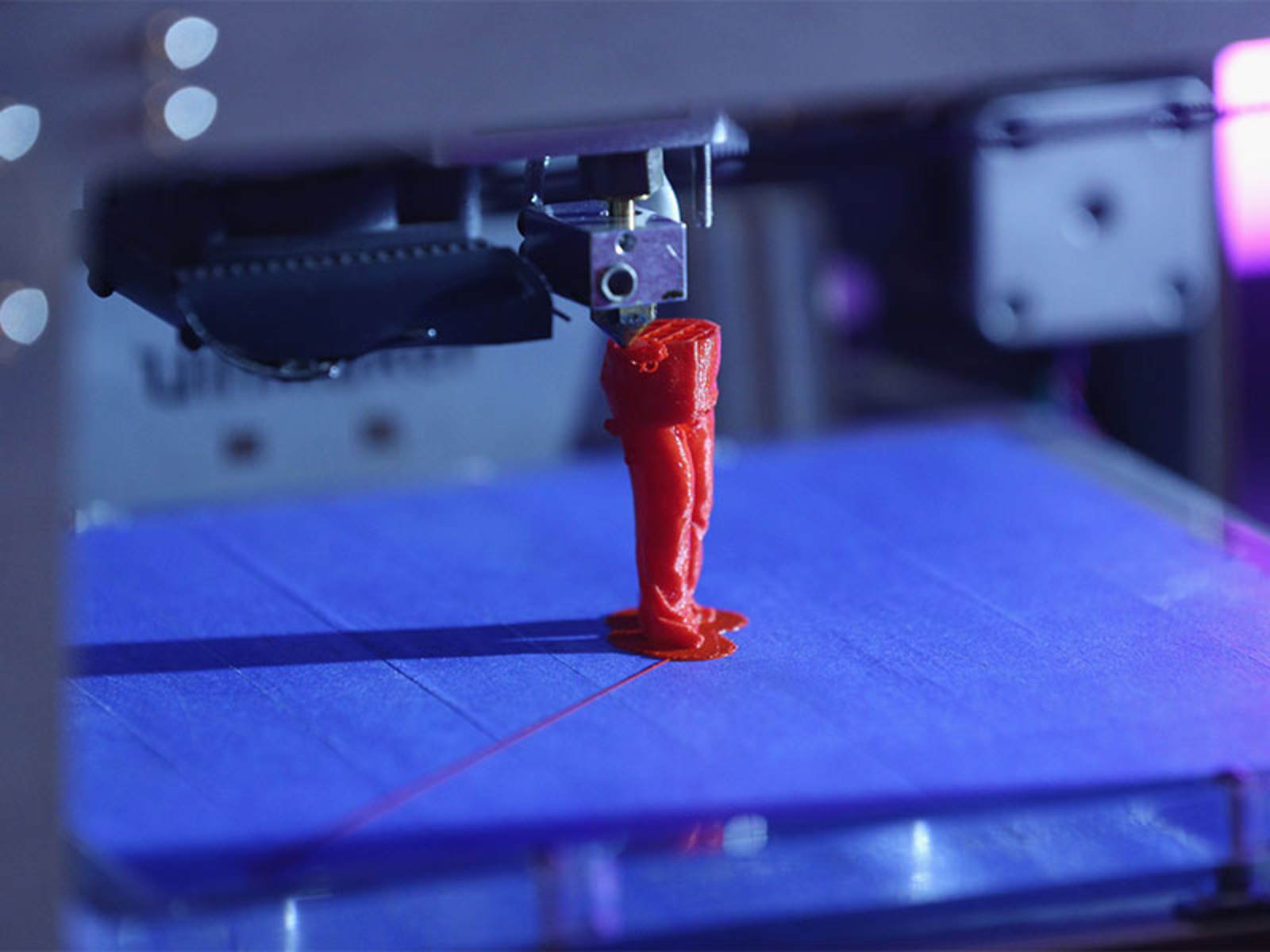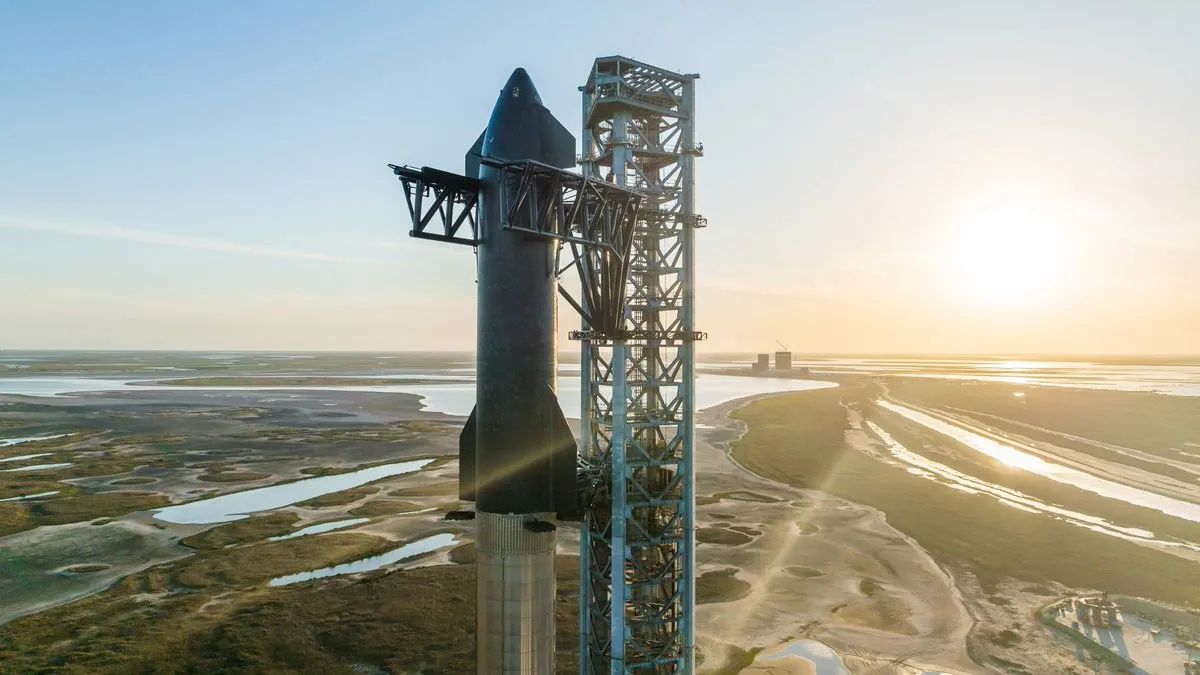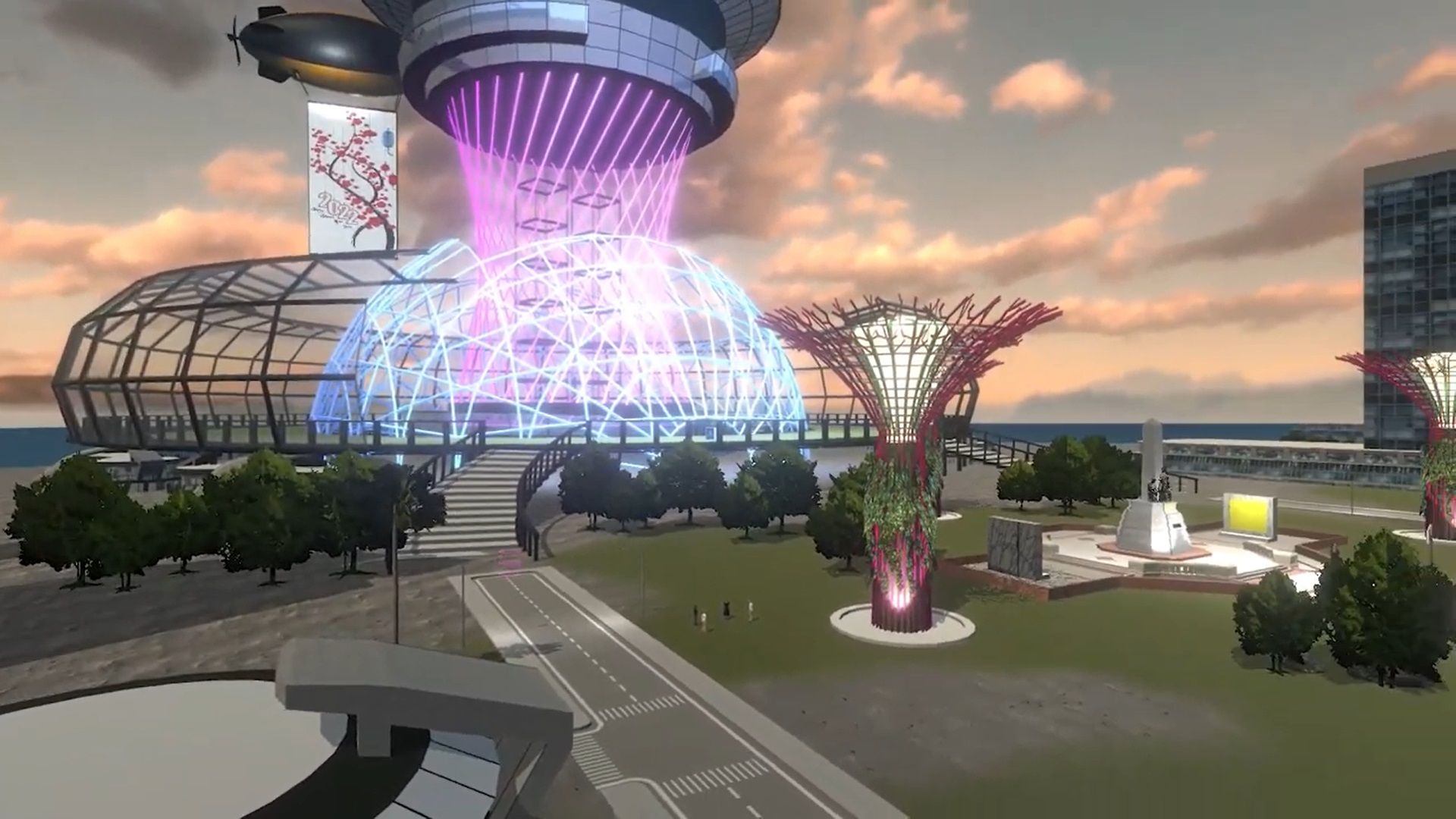Redwire Space has achieved a groundbreaking milestone by successfully “bioprinting” human knee meniscus in outer space for the first time. This landmark development holds immense potential to aid in the recovery of individuals with meniscus injuries on Earth.
Key Takeaway
Redwire Space has made history by successfully bioprinting human knee meniscus aboard the International Space Station. This achievement holds remarkable potential for advancing tissue engineering and aiding in the treatment of meniscus injuries. It also showcases the ongoing commitment to research and development in microgravity environments, paving the way for future bioprinting innovations in space.
The Extraordinary Experiment on the International Space Station
The impressive feat was accomplished using Redwire’s BioFabrication Facility (BFF) aboard the International Space Station (ISS). The experiment, named BFF-Meniscus-2, involved printing the meniscus cartilage using living human cells. Subsequently, the bioprinted meniscus underwent a 14-day enculturation process in Redwire’s Advanced Space Experiment Processor.
After the completion of the culturing process, the printed meniscus was meticulously packaged and returned to Earth via SpaceX’s Crew-6 mission. Conducting the investigation were NASA astronauts Frank Rubio, Warren Hoburg, Stephen Bowen, and UAE astronaut Sultan Al-Neyadi.
A Groundbreaking Collaboration for Future Applications
As part of the experiment, Redwire collaborated with the Uniformed Services University of the Health Sciences Center for Biotechnology, a biomedical research center that focuses on therapies beneficial for warfighters. Meniscus injuries rank among the most prevalent orthopedic injuries affecting U.S. service members.
Redwire Space has been making significant advancements in the field of biotechnology. Earlier this summer, the company, which operates as a subsidiary of Redwire Corporation, announced plans for a groundbreaking 30,000 square foot research park dedicated to biotech and microgravity research in Indiana.
Beyond Earth’s Boundaries: Future Bioprinting Innovations
John Vellinger, the Executive Vice President of Redwire, expressed his enthusiasm for this achievement, describing it as a major leap forward in the development of a repeatable microgravity manufacturing process for reliable bioprinting at scale.
However, this is just the beginning for Redwire’s ambitions in bioprinting and microgravity research. In an upcoming SpaceX Commercial Resupply mission to the ISS, scheduled for November, Redwire plans to launch payloads focusing on pharmaceutical drug development in microgravity and an experiment to bioprint cardiac tissue.
Additionally, Redwire has entered into a partnership with Sierra Space, aiming to integrate Redwire’s biotech and in-space manufacturing technology into Sierra’s Large Integrated Flexible Environment (LIFE) space station module. This collaborative effort will contribute to the realization of Orbital Reef, a private space station jointly developed by Redwire, Blue Origin, Boeing, and other industry leaders.







